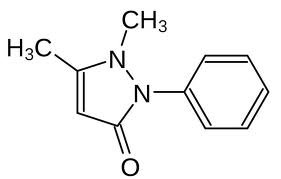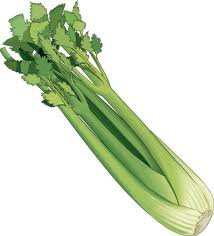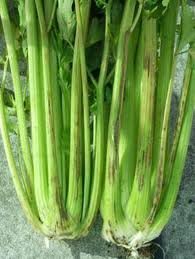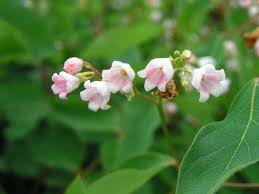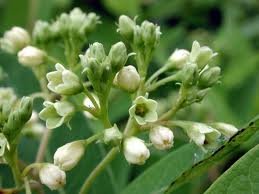Showing 136–144 of 1312 results
-
Antimonium sulph auratum
Golden Sulphuret of Antimony
A remarkable remedy for many forms of chronic nasal and bronchial catarrh. Acne. Amaurosis.
-
Antimonium tartaricum
Tartar Emetic. Tartrate of Antimony and Potash
Has many symptoms in common with Antimonium Crudum but also many peculiar to itself. Clinically, its therapeutic application has been confined largely to the treatment of respiratory diseases, rattling of mucus with little expectoration has been a guiding symptom. There is much drowsiness, debility and sweat characteristic of the drug, which group should always be more or less present, when the drug is prescribed. Gastric affections of drunkards and gouty subjects. Cholera morbus. Sensation of coldness in blood-vessels. Bilharziasis. Antimonium tart is homeopathic to dysuria, strangury, hæmaturia, albuminuria, catarrh of bladder and urethra, burning in rectum, bloody mucous stools, etc. Antimon tart acts indirectly on the parasites by stimulating the oxidizing action of the protective substance. By-effects following injection for Bilharziasis. Chills and contractures and pain in muscles.
Trembling of whole body, great prostration and faintness. Lumbago. Chills, contractures and muscular pains. Warts on glans penis.
-
Antipyrinum
Phenazone-A Coal-tar Derivative
(ANTIPYRINE)Antipyrine is one of the drugs that induce leucocytosis, similar to ergotin, salicylates, and tuberculin. Acts especially on the vaso-motor centers, causing dilation of capillaries of skin and consequent circumscribed patches of hyperæmia and swelling. In large doses causes profuse perspiration, dizziness, cyanosis, and somnolence, albumen and blood in urine. Acute erythema multiforme.
-
Apis mellifica
The Honey-Bee
Acts on cellular tissues causing œdema of skin and mucous membranes.
The very characteristic effects of the sting of the bee furnish unerring indications for its employment in disease. Swelling or puffing up of various parts, œdema, red rosy hue, stinging pains, soreness, intolerance of heat, and slightest touch, and afternoon aggravation are some of the general guiding symptoms. Erysipelatous inflammations, dropsical effusions and anasarca, acute, inflammation of kidneys, and other perenchymatous tissues are characteristic pathological states corresponding to Apis. Apis acts especially on outer parts, skin, coatings of inner organs, serous membranes. It produces serous inflammation with effusion, membranes of brain, heart, pleuritic effusion, etc. Extreme sensitiveness to touch and general soreness is marked. Constricted sensations. Sensation of stiffness and as of something torn off in the interior of the body. Much prostration.
-
Apium graveolens
Common Celery
Contains a soporific active principle. Obstinate retention of urine, throbbing headaches and heartburn, have been produced by celery. Swelling of throat, face, and hands. Rheumatic pain in muscles of neck also in sacrum. Growing pains. Hungry for apples. Dysmenorrhœa, with sharp, short pains, better flexing legs.
-
-
Apocynum androsaemifolium
Dogbane
The rheumatic symptoms of this remedy promise most curative results. Its pains are of a wandering nature, with much stiffness and drawing. Everything smells and tastes like honey. Worms. Trembling and prostration. Swollen sensations.
-
Apocynum cannabinum
Indian Hemp
Increases secretions of mucous and serous membranes and acts on cellular tissue, producing œdema and dropsy and on skin causing diaphoresis. Acute hydrocephalus. A diminished frequency of the pulse is a prime indication. This is one of our most efficient remedies, in dropsies, ascites, anasarca and hydrothorax, and urinary troubles, especially suppression and strangury. In the digestive complaints of Bright’s disease, with the nausea, vomiting, drowsiness, difficult breathing, it will be found of frequent service. The dropsy is characterized by great thirst and gastric irritability. Arrhythmia. Mitral and tricuspid regurgitation. Acute alcoholism. Relaxation of sphincters.
-
Apomorphinum
Alkaloid from Decomposition of Morphine by Hydrochloric Acid
(APOMORPHIA)The chief power of this drug lies in the speedy and effective vomiting that it produces, which becomes a strong guiding symptom to its homeopathic use. The vomiting is preceded by nausea, lassitude and increased secretion of sweat, saliva, mucus and tears. Pneumonia with vomiting. Combined alcoholism, with constant nausea, constipation, insomnia.

